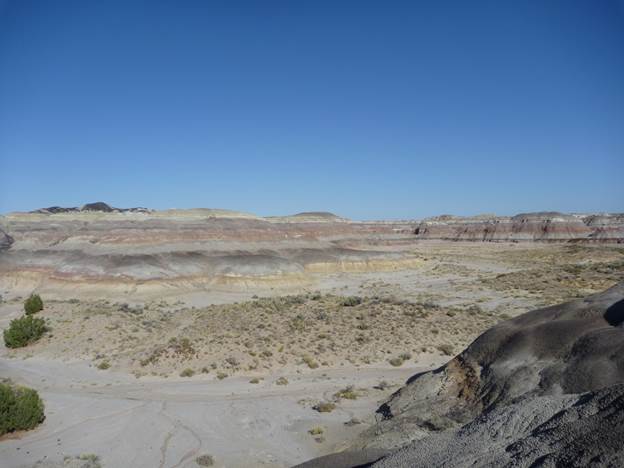Reports: DNI852822-DNI8: Climate, Tectonics and the Ecosystem Impact: Exploring the Relationship Between Extrinsic Controls and Cyclic Alluvial Stratal Accumulations within the Paleocene Nacimiento Formation, San Juan Basin, New Mexico
Daniel J. Peppe, PhD, Baylor University
Our team has
made excellent progress towards developing a sequence stratigraphic model of
deposition, a detailed paleoclimate and paleoenvironmental record, and a
refined age model for the early Paleocene Nacimiento Formation in the San Juan
Basin, New Mexico, USA.
During these
field seasons, six stratigraphic sections were measured in the basal Nacimiento
Formation and sampled at a sub-meter resolution (Figure 2). Sections were
specifically chosen to intersect four channel sandstones contained within the
study interval (sections 2, 3, 4 and 6), and two additional sections were
measured adjacent to these sandstones to capture lateral variability (sections
1 and 5). Grain size trends, paleosol occurrence, thickness, and
characteristics, cycle boundaries, and sedimentary and biological structures
were collected in the field and used to construct composite measured sections
placed on a conspicuous red and green laminated bed found in all measured
sections (Figure 2).

Samples from
each of the eight pedotypes were processed for bulk geochemistry to reconstruct
paleoclimate for the sequence.













